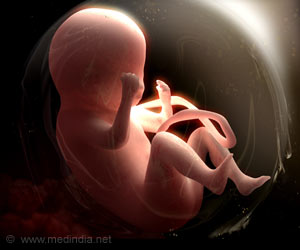A study of Australian preschoolers has revealed that kids these days form an image of perfect body ideals very early in life.
A study of Australian preschoolers has revealed that kids these days form an image of "perfect body" ideals very early in life, and that they are picking up a potentially dangerous message that fat is bad and muscle is good
Research leader Marita McCabe, a professor of psychology at Deakin University, says that parents and teachers are making little girls weight conscious, while little boys want more muscle.The study of four-year-olds suggests that adults send inadvertently convey such negative messages to kids by talking about their own and the child's body
"Even at this young age, mothers are already communicating different messages to boys and girls," news.com.au quoted Professor McCabe as saying.
This is the first time that a study of 53 children across four kindergartens has focused on the socio-cultural influences on body image among preschoolers.
Professor McCabe is worried that such negative messages may lead to the development of eating disorders in children.
"They do this by their attitude to their own bodies, and by suggesting to their daughter that they need to exercise more (to lose weight) and to their sons that they need to eat more (to increase their muscles)," she said.
Advertisement
During the study, it was observed that dieting and weight-control practices-such as vomiting and use of laxatives-was common among 20 to 45 per cent of adolescent Australians.
Advertisement
One study found 71 per cent of school children wanted to be smaller than their current size, and only seven per cent wanted to be larger.
Source-ANI
SPH









